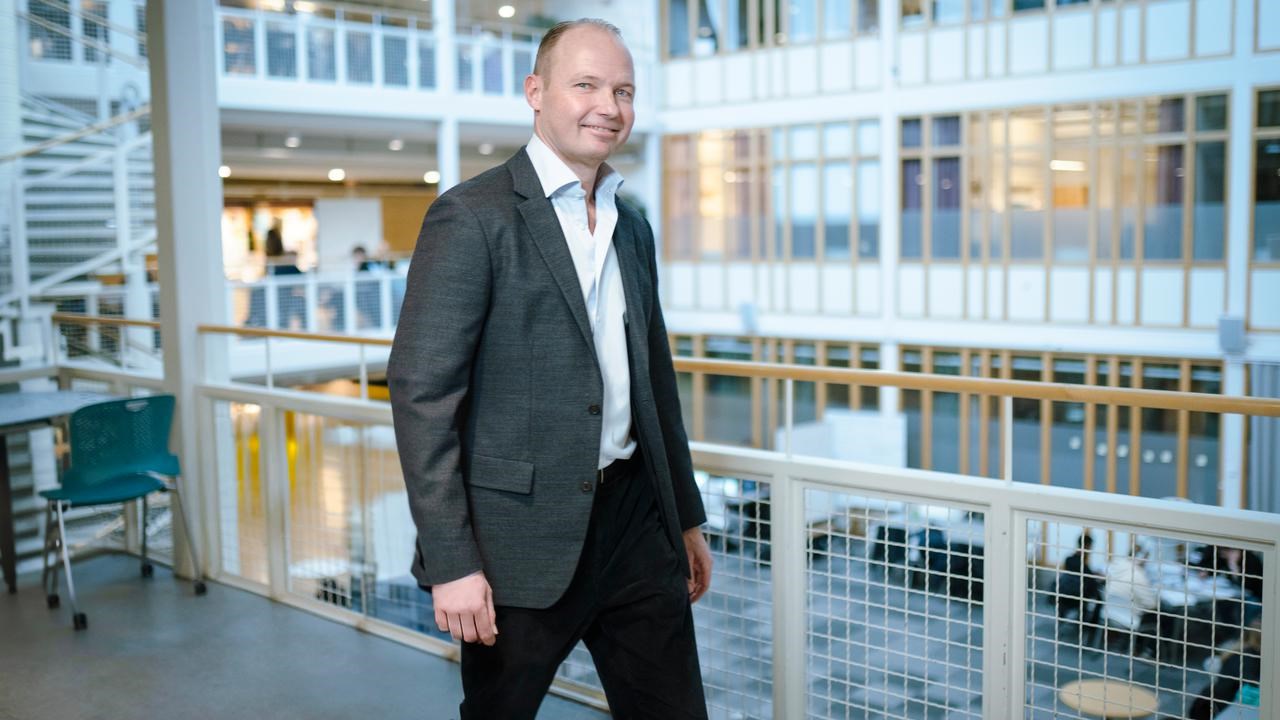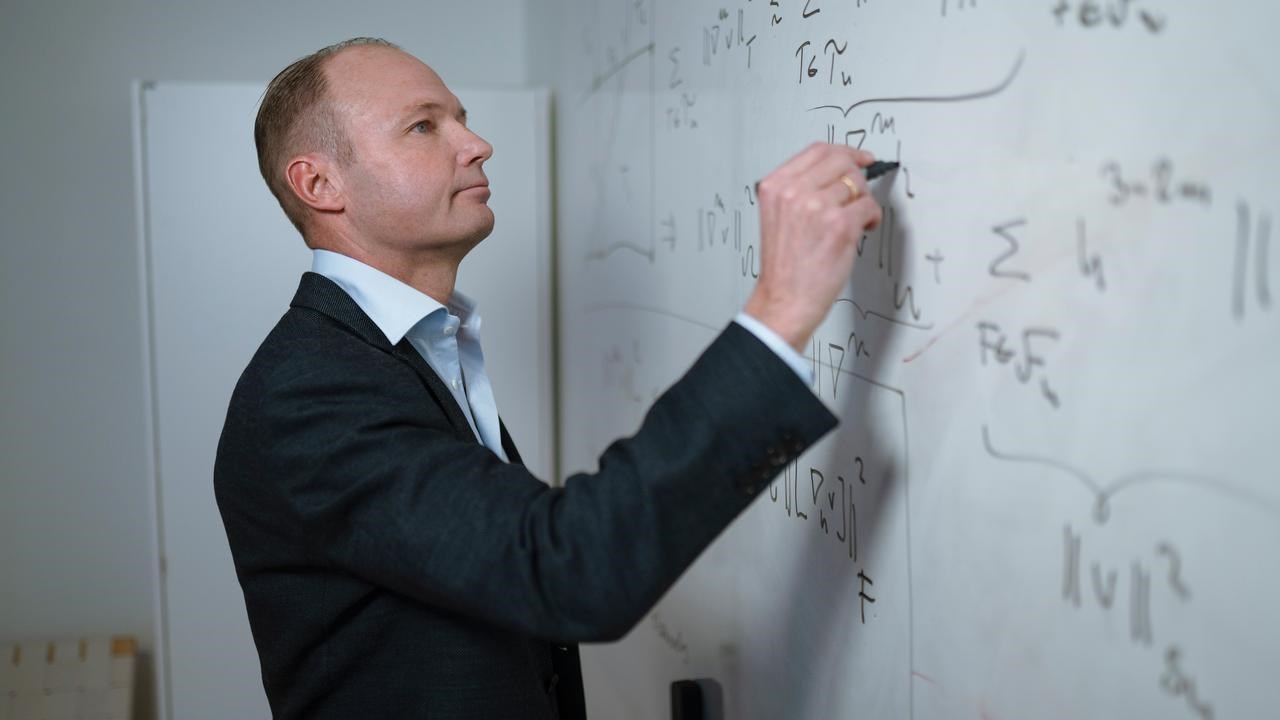
Mathematics that can change the world
PROFILE Mathematics is more than equations on a whiteboard – it's a powerful tool for solving real-world problems. Mats G Larson’s research is shaping the future of cars, cities and robots through mathematical models and simulations, with major scientific and commercial impact.





